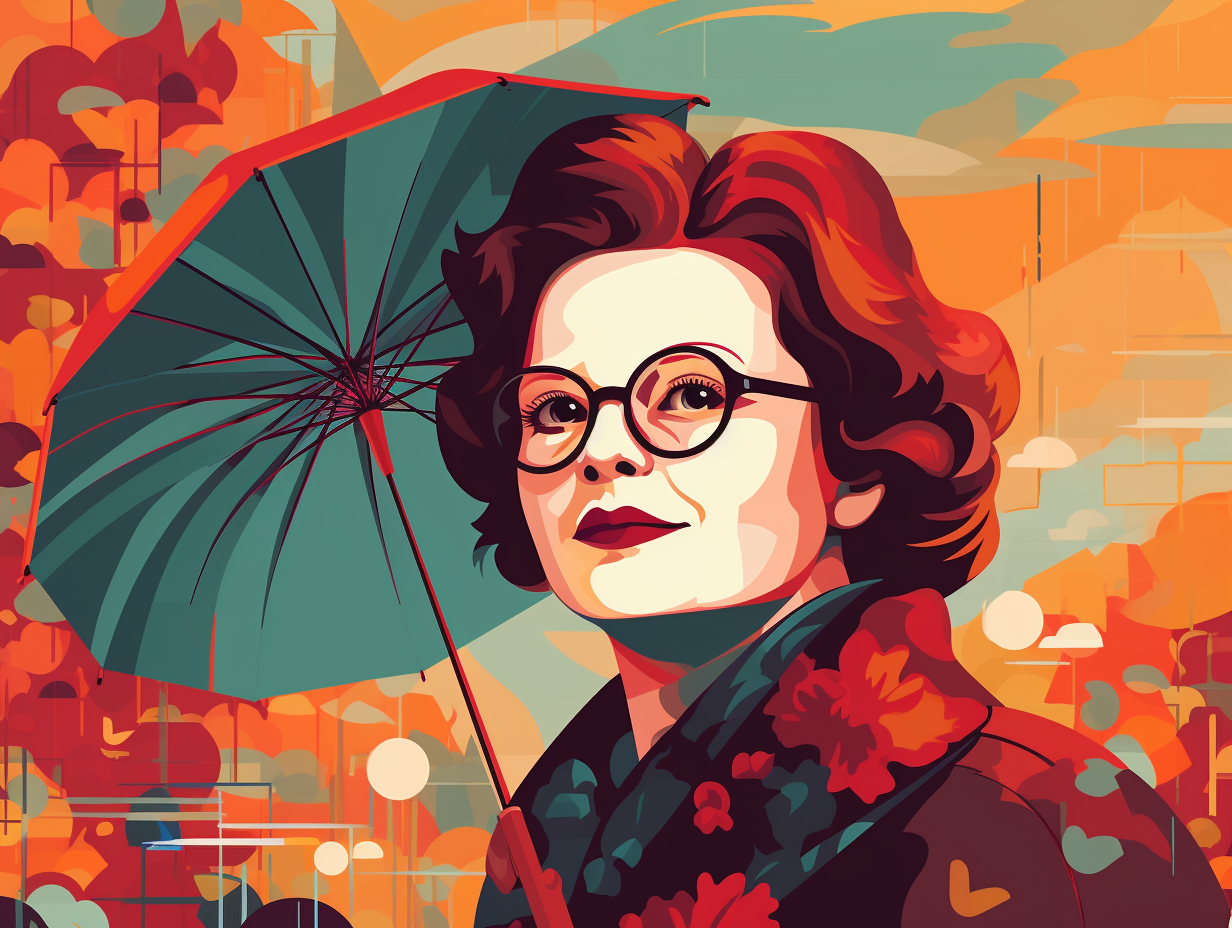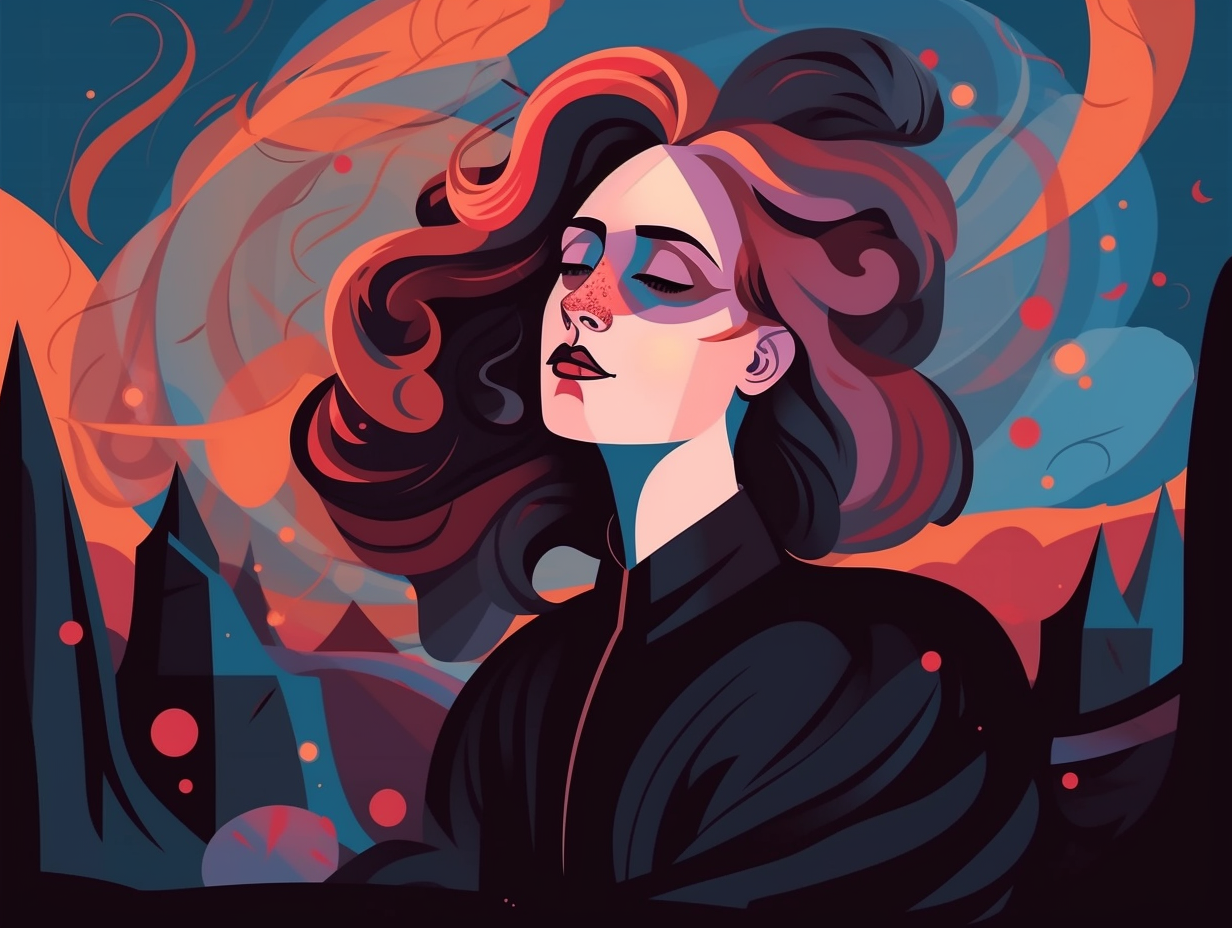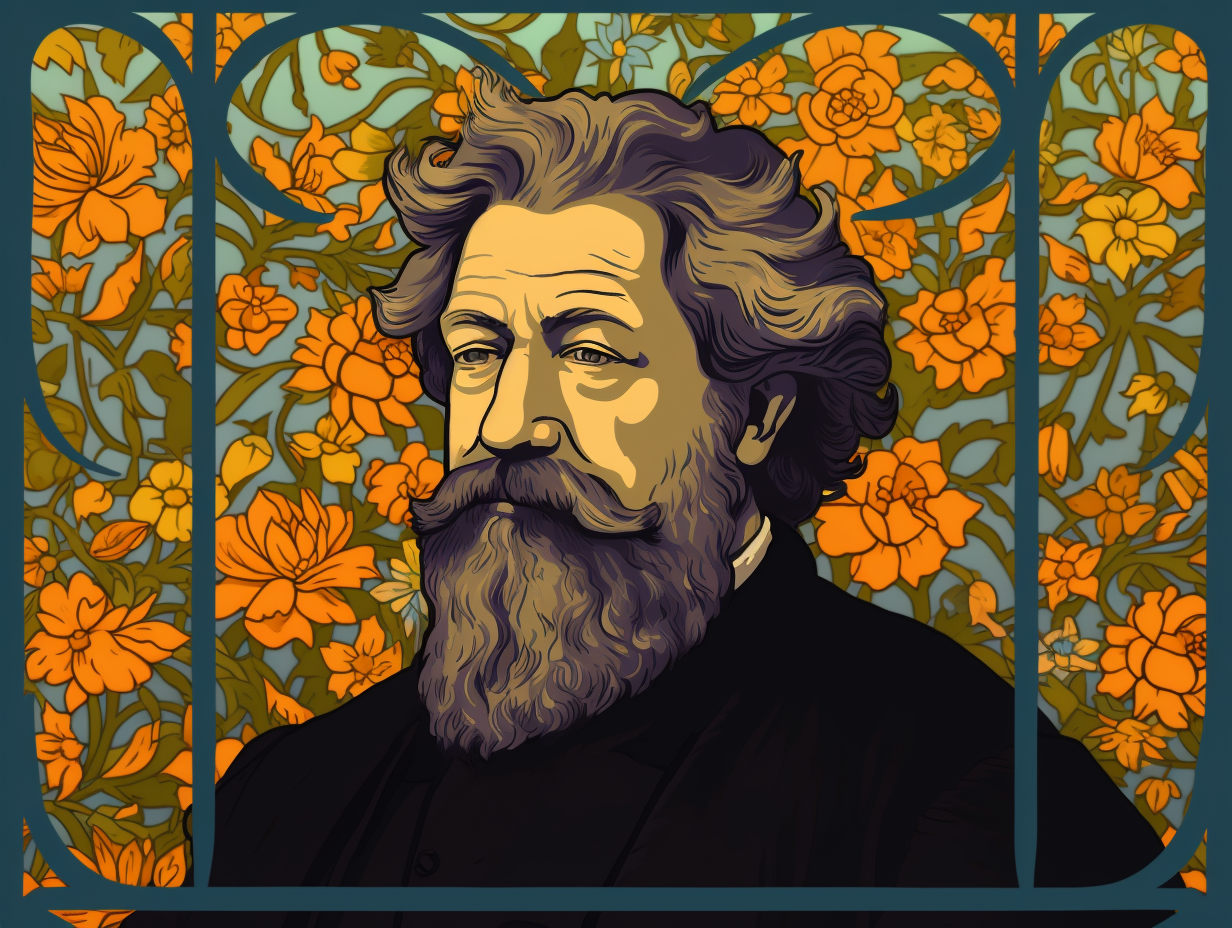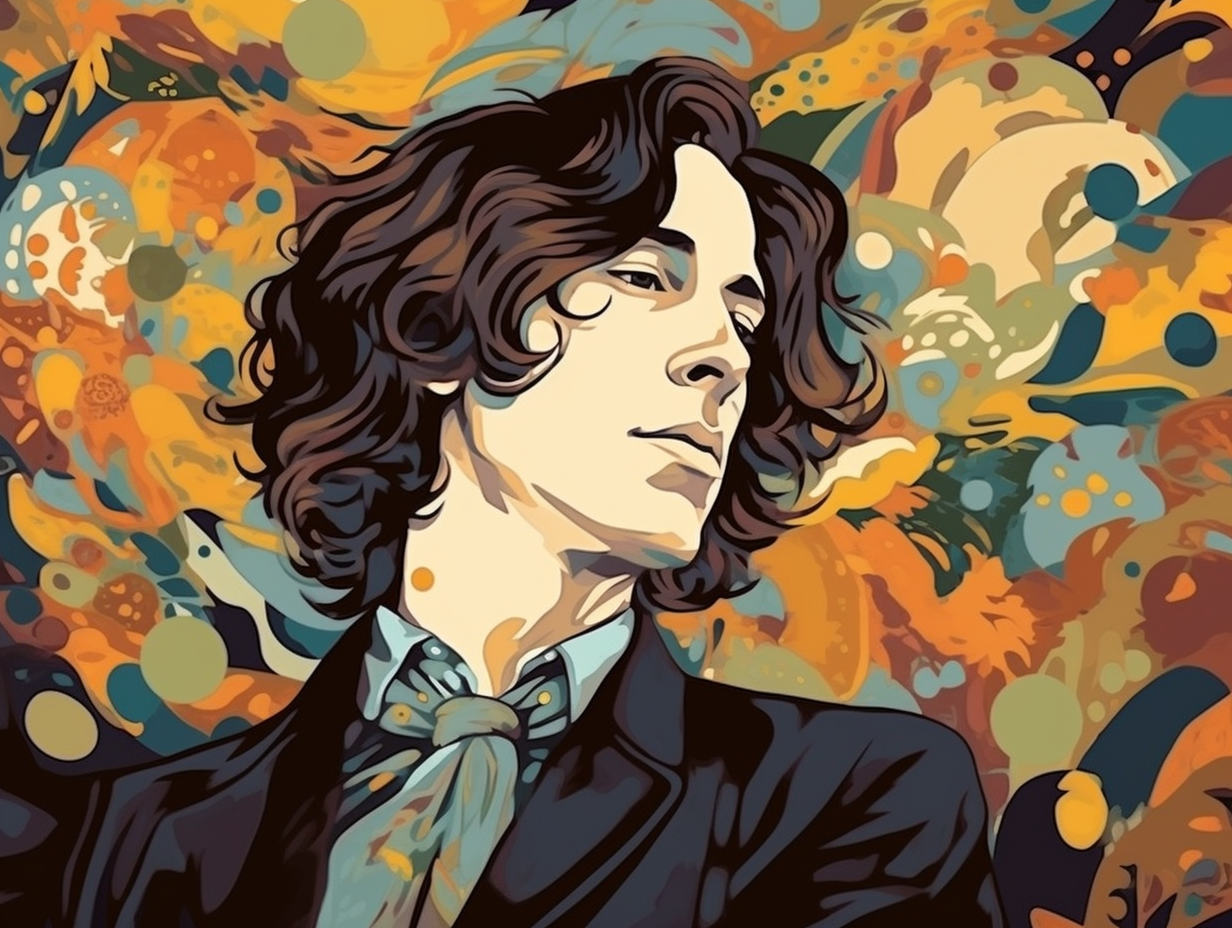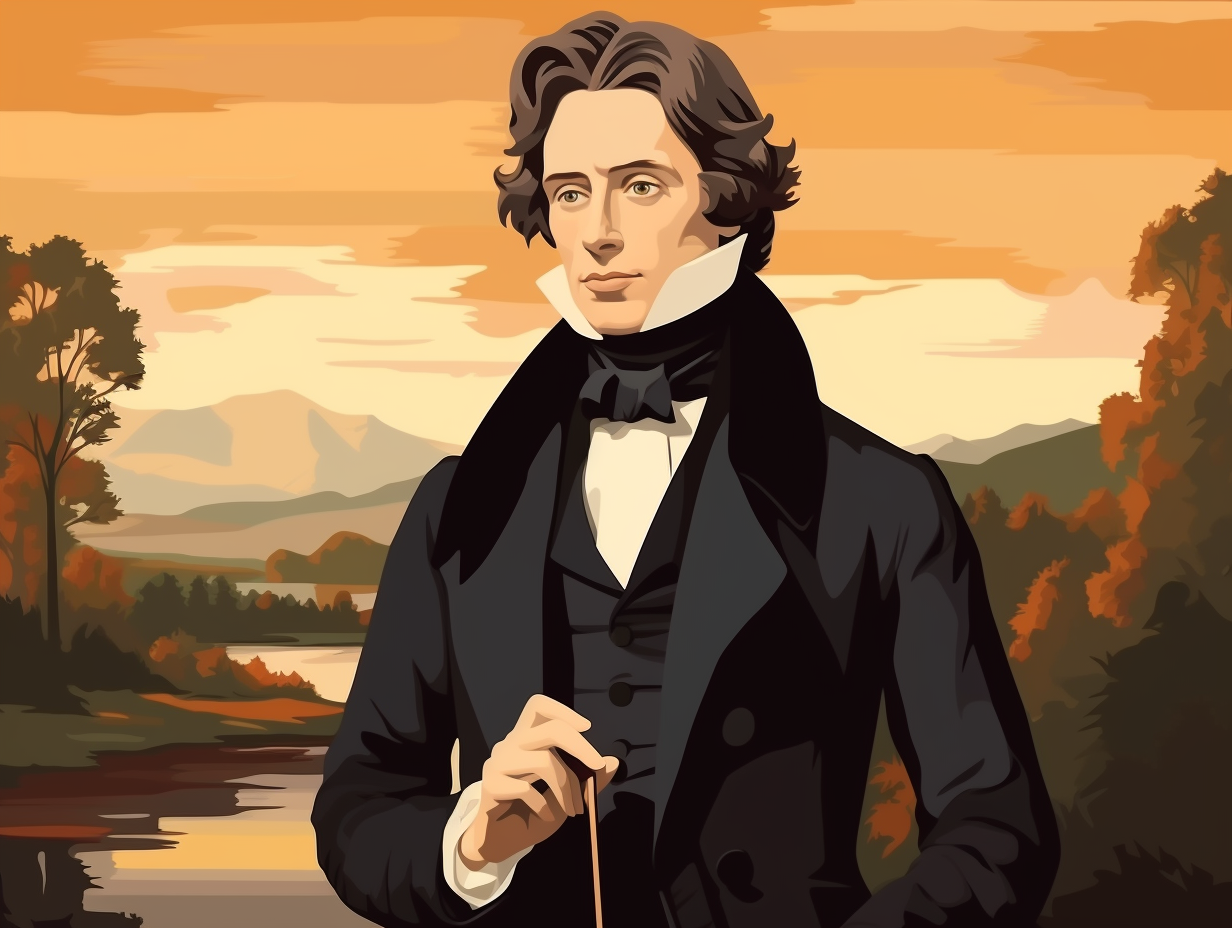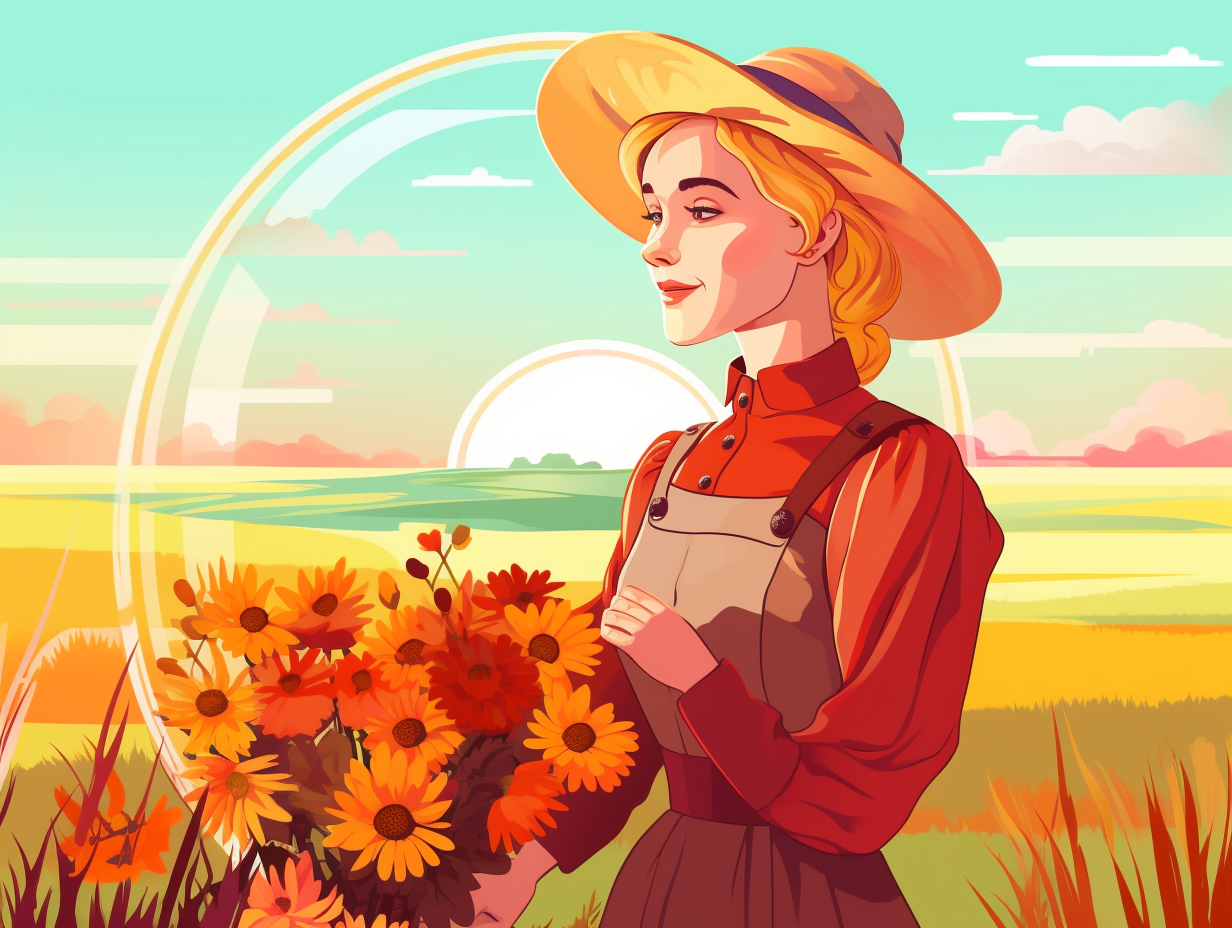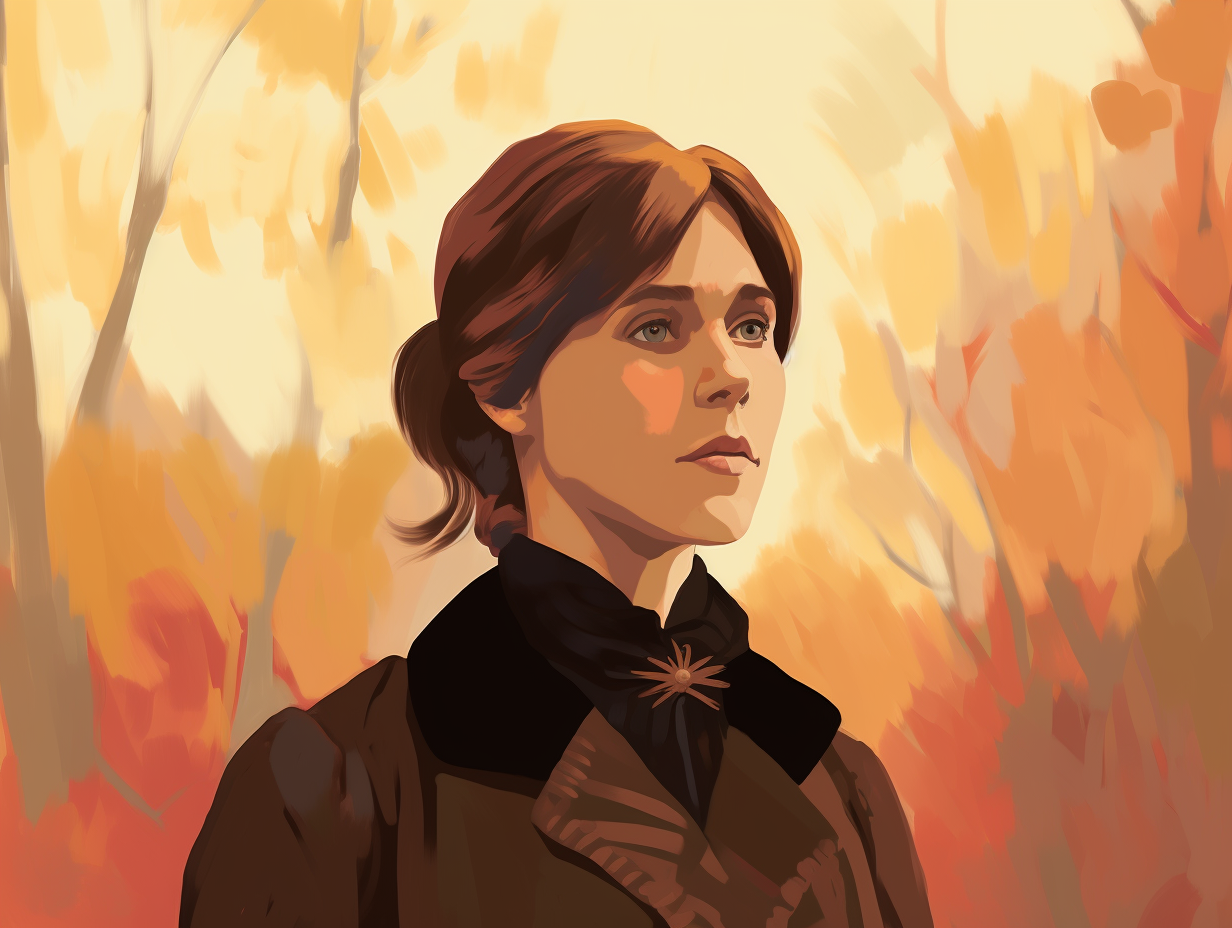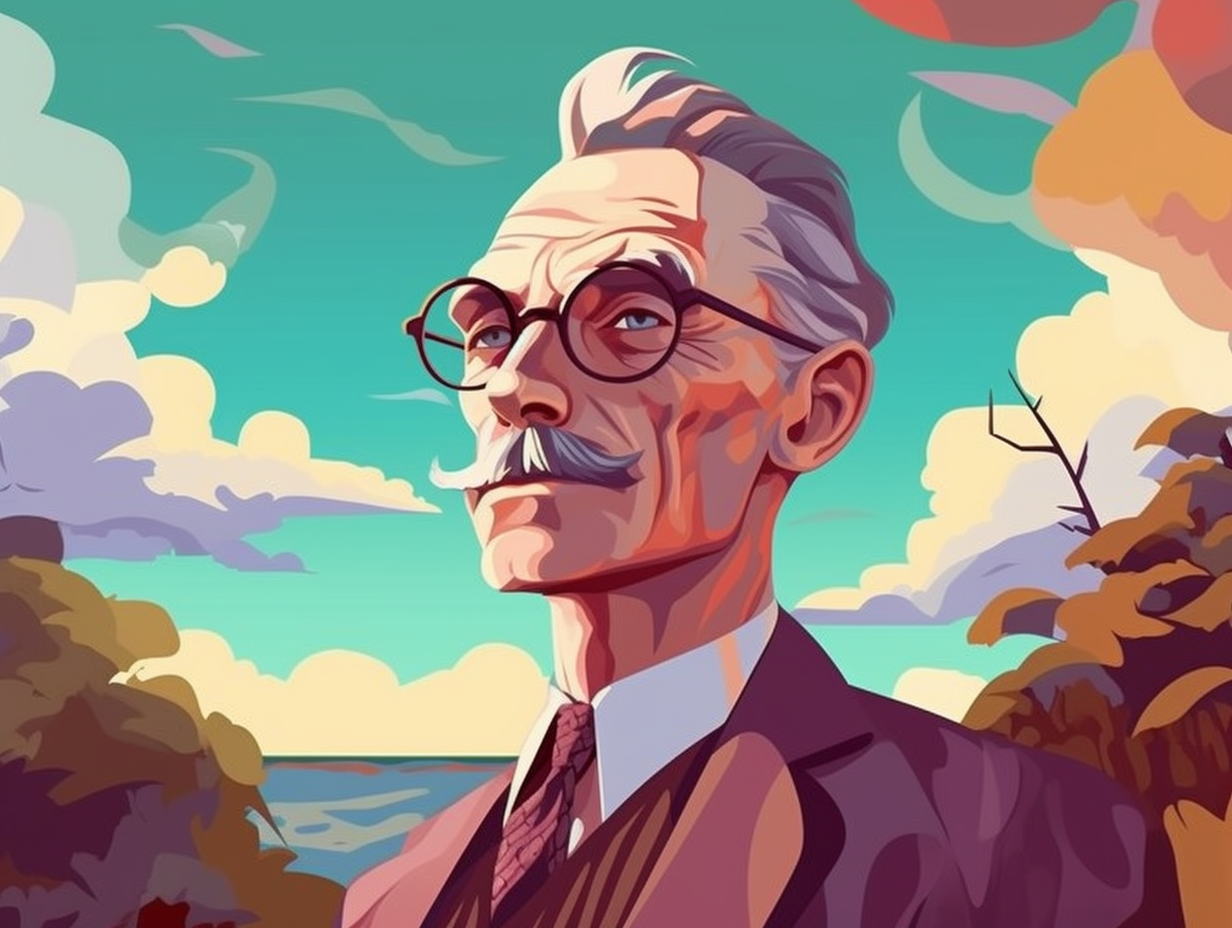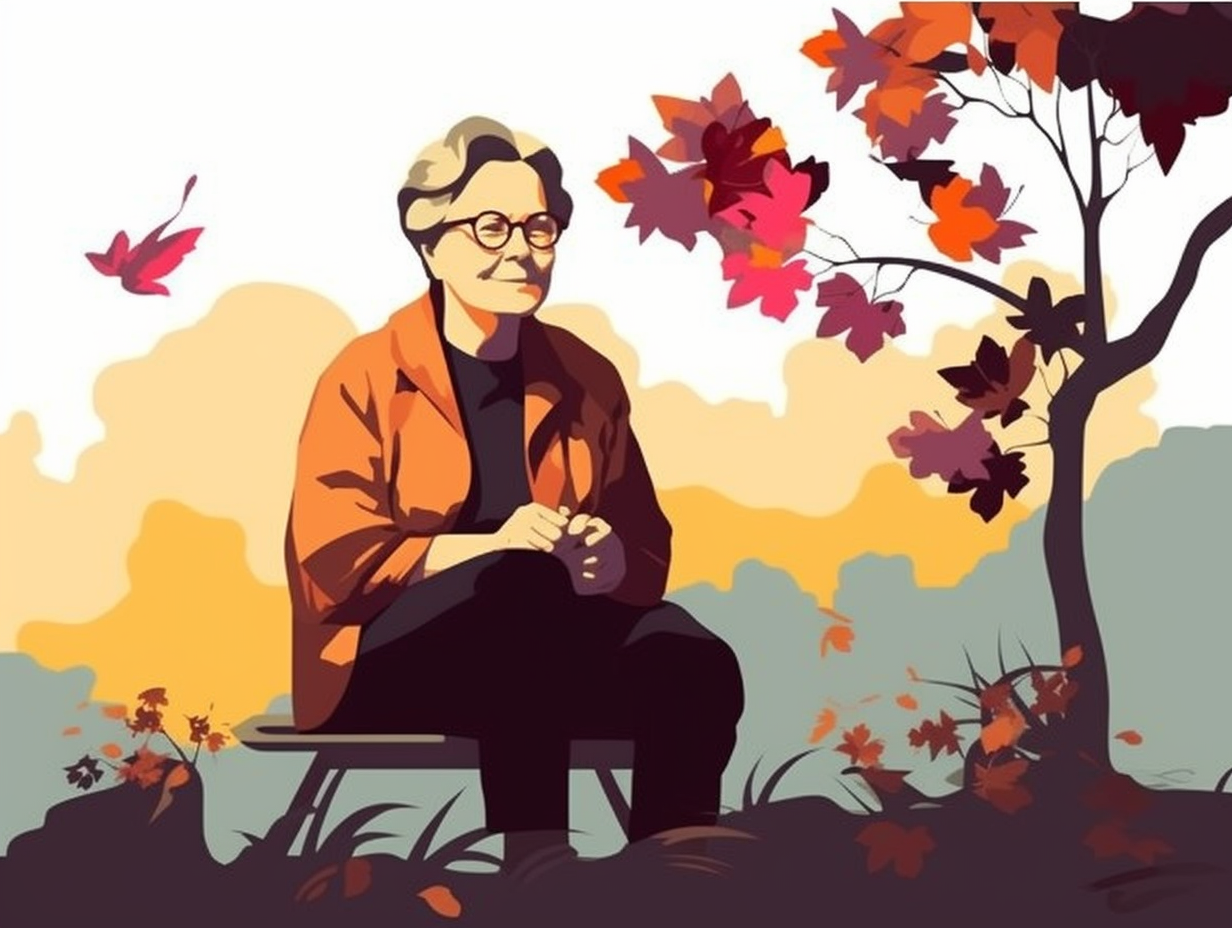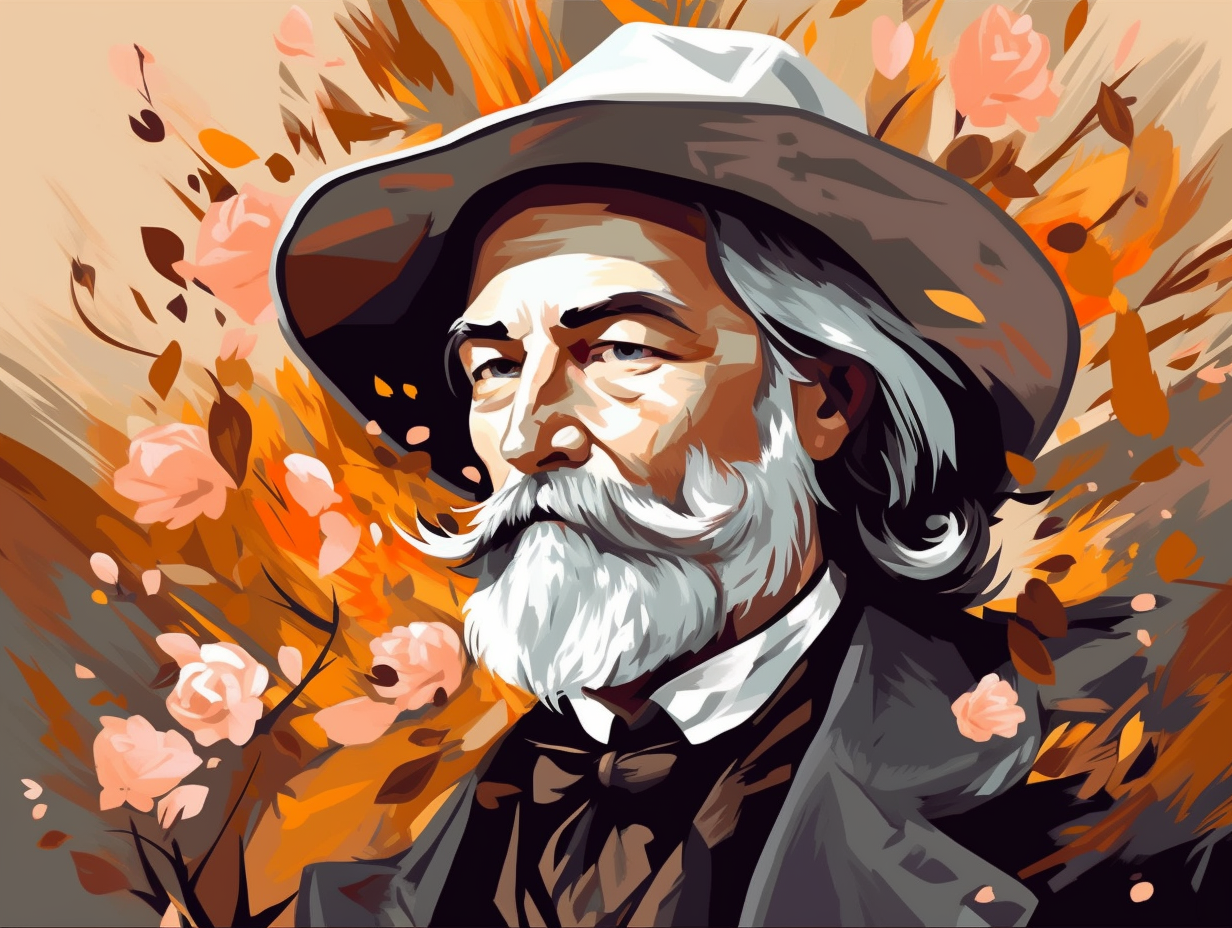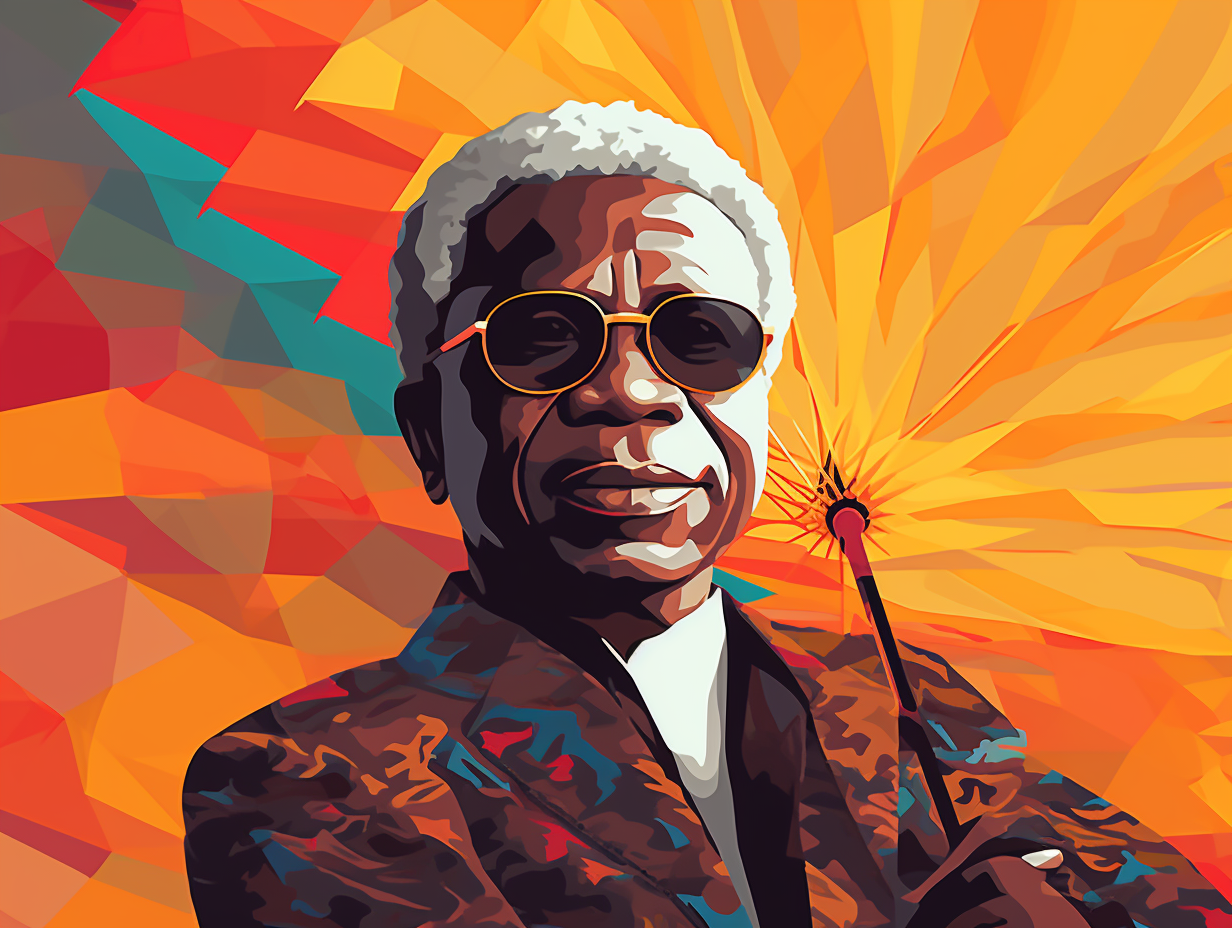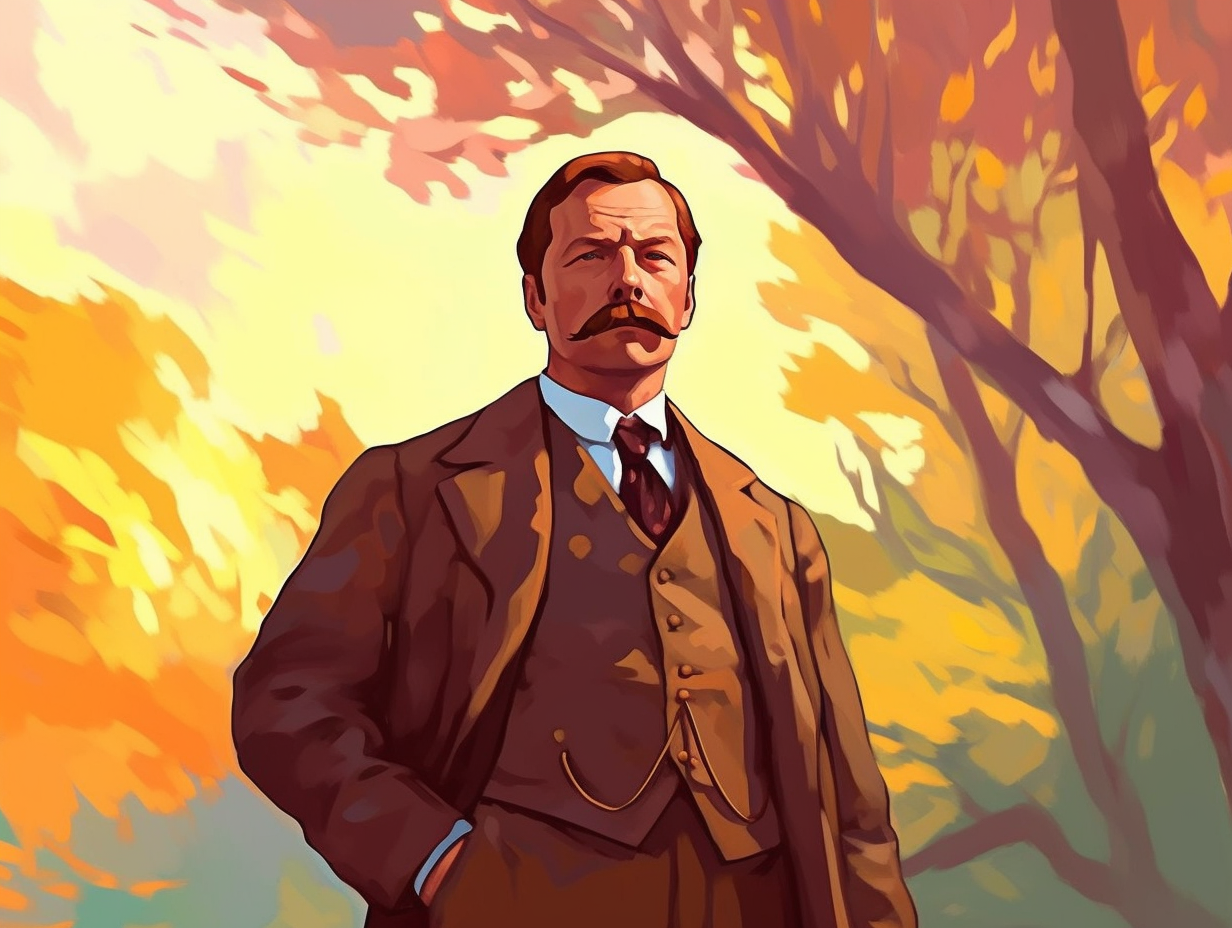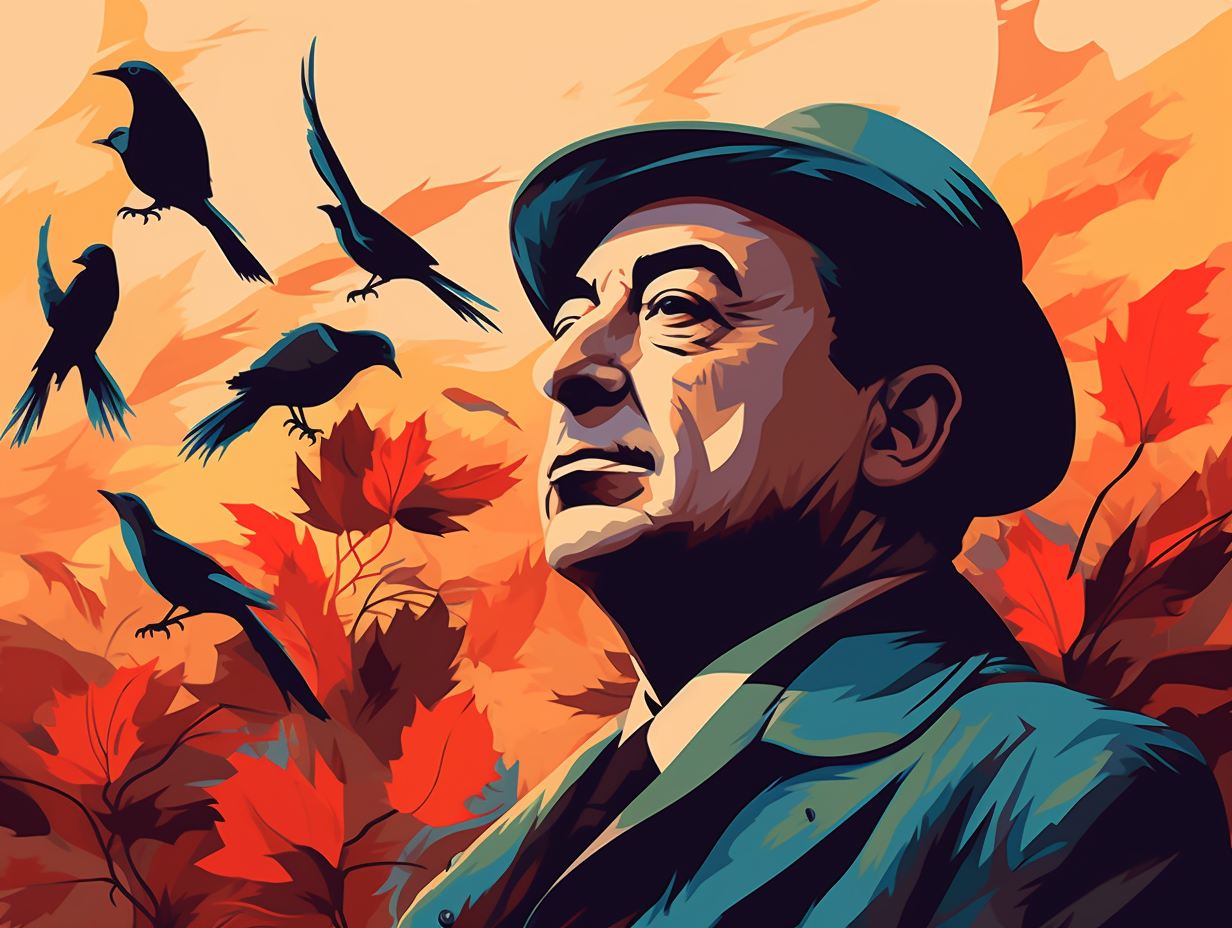Discover the Quirky World of Virginia Woolf: Top 8 Fun Facts You Never Knew
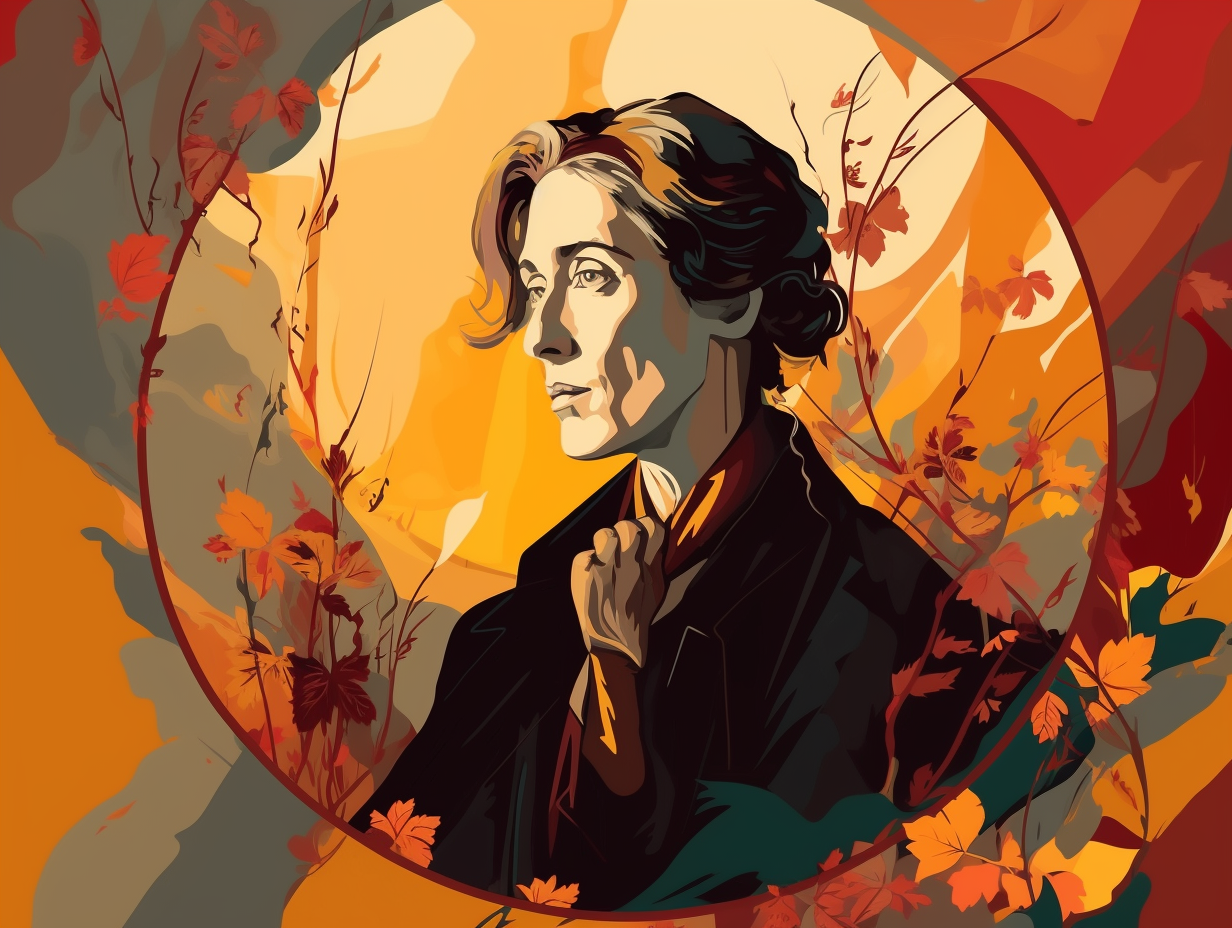
1. Bloomsbury Zoo Nicknames
Step right up and meet the fantastic menagerie that was the Bloomsbury Zoo, where literary animals roamed free and shared delightful nicknames like Mandrill, Mongoose, and Dolphin: Famed writer Virginia Woolf and her husband Leonard called each other Mandrill and Mongoose, Virginia's sister Vanessa Bell went by Dolphin, while Vita Sackville-West secretly named Virginia after a lemur, Potto. And don't forget the elusive Old Toad, also known as T.S. Eliot, who received his amphibious moniker within private letters among the group.
Source => theparisreview.org
2. Love Letters to Women
Dating advice from the 1920s: why marry men when you can write love letters to women? Virginia Woolf and Vita Sackville-West took this to heart and sparked quite the literary love affair: The two not only exchanged hundreds of passionate letters, but their relationship also inspired Woolf's novel, Orlando, featuring a gender-switching protagonist who spans over 300 years, based upon Sackville-West's life and exploring themes of gender and identity.
Source => time.com
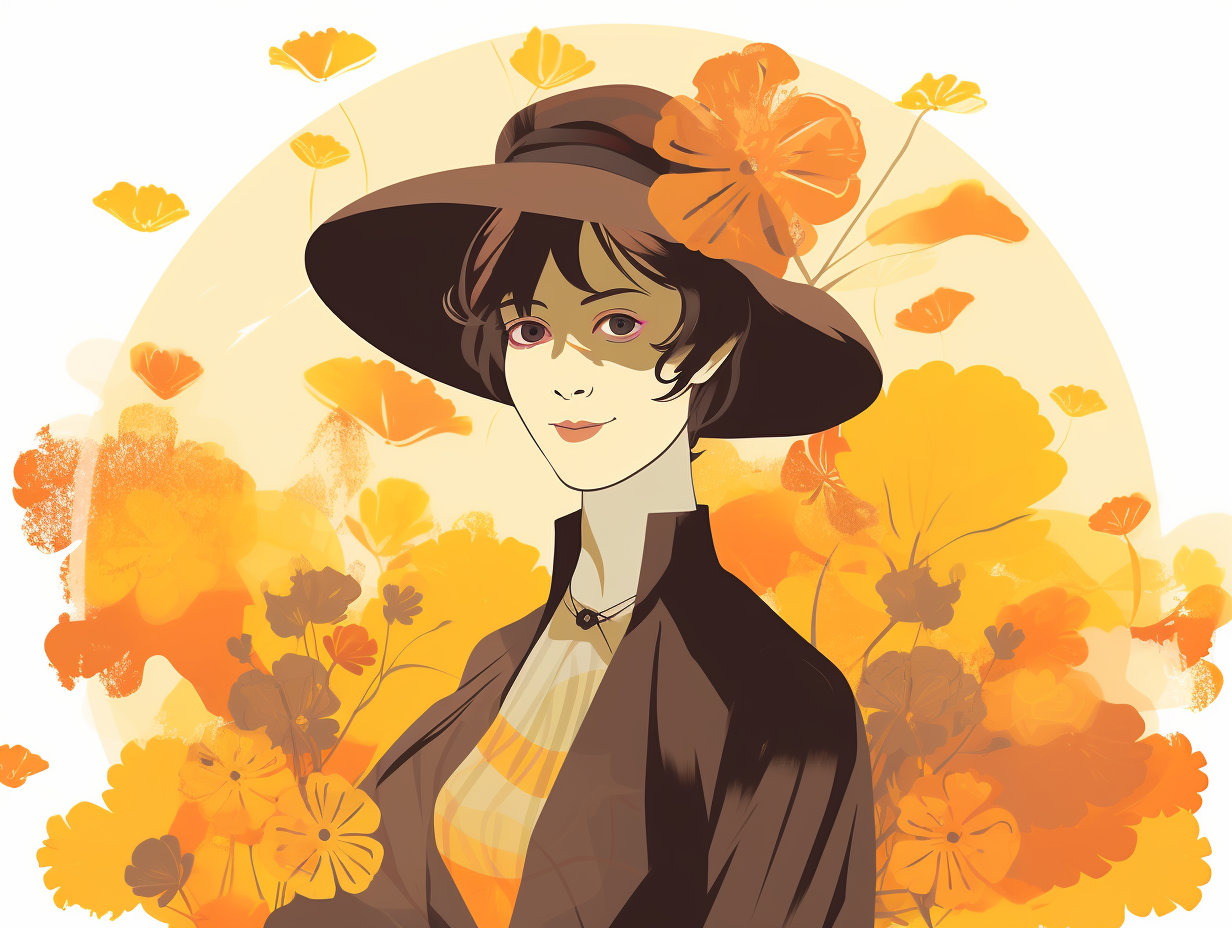
Did you know Jane Austen was already a witty wordsmith at just 12 years old? Discover her earliest works and the intriguing titles she gave them!
=> Fun Facts about Jane-Austen
3. Cozy Literary Power Couple
Before the days of viral YouTube videos and trending TikTok challenges, there was another power couple in town, mixing ink and pressing pages, all while sipping their afternoon tea: Virginia Woolf and her husband Leonard Woolf founded Hogarth Press in their humble abode in 1917, using a handpress to print their first book. Over the next 29 years, this dynamic duo's cozy at-home project went on to publish 527 groundbreaking titles, including notable works such as The Waste Land by T.S. Eliot and what would become the Standard Edition of the Complete Psychological Works of Sigmund Freud.
Source => en.wikipedia.org
4. Virginia vs. Joyce's Ulysses
Though Virginia Woolf and James Joyce might not have been the best of pen pals—given that Woolf thought Ulysses was a literary spaceship launched by a "callow schoolboy" on a one-way journey to Pretentiousville—she still kept a finely-bound copy of the famed tome on her shelf: Woolf bought a copy of Ulysses in 1922, but found it both impressive and inferior, constantly trying to understand the genius of Joyce while disliking various aspects of his magnum opus.
Source => campuspress.yale.edu
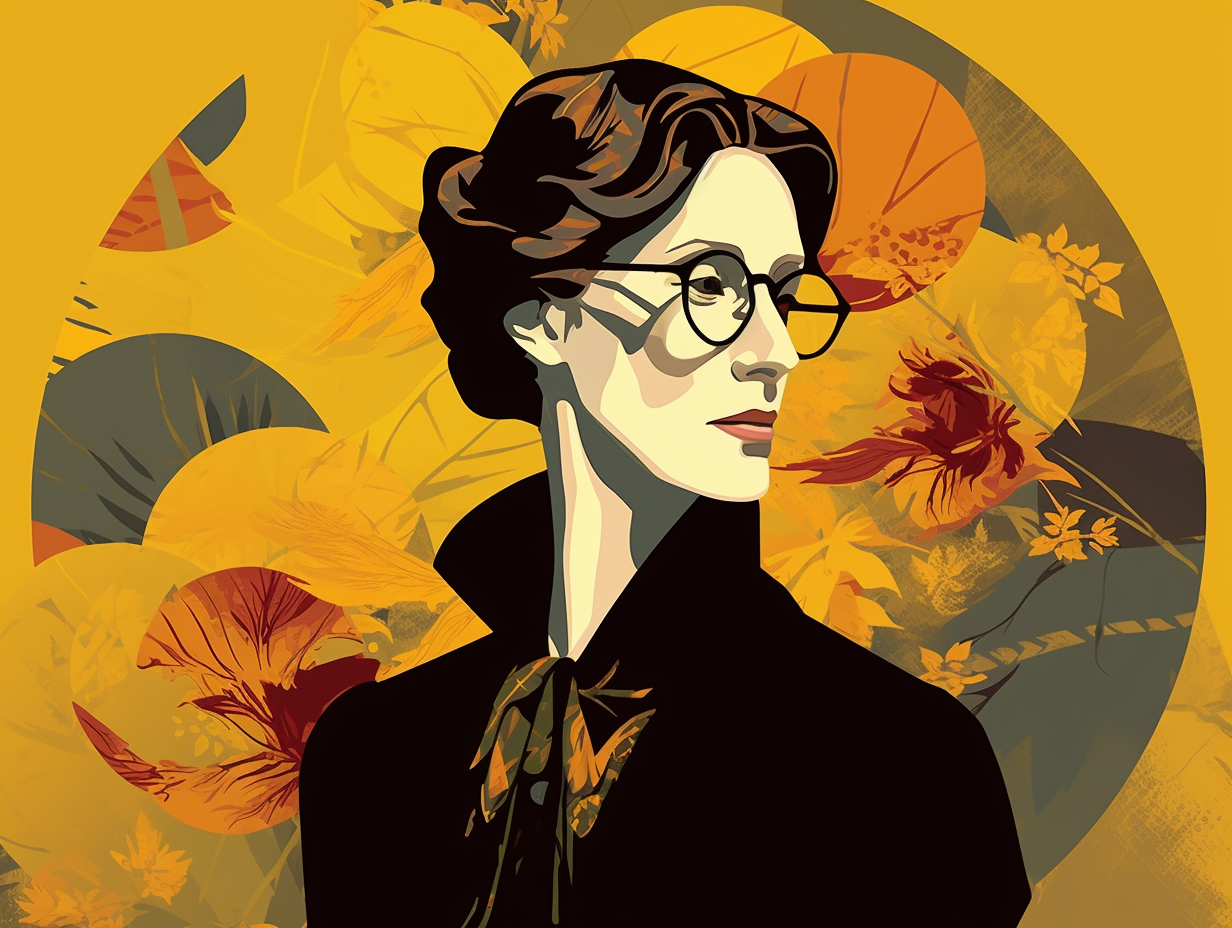
5. Bewitching Film Inspiration
Before she was casting spells on the big screen, Virginia Woolf was busy bewitching filmmakers with her literary prowess: Acclaimed director Claire Denis found inspiration in Woolf's works for her film "White Material," showcasing the strength and resilience of a female protagonist in a tumultuous African country, though the world of Hogwarts remains untouched by Woolf's magic touch.
Source => vogue.com
6. Monty Python-esque Hoax
In a twist worthy of a Monty Python skit, Virginia Woolf was invisibly entangled in a caper involving a fake group of "Abyssinian royals" and the British Royal Navy, with just a touch of her Bloomsbury bohemian spirit sprinkled on top: Although Woolf herself did not participate in the Dreadnought Hoax masterminded by her friend Horace de Vere Cole, she attended a lecture where Cole spilled the beans, inadvertently highlighting the Bloomsbury Group's unconventional flair for art and culture.
Source => en.wikipedia.org
7. Orlando's Real-Life Love Story
Before there was "You've Got Mail," there was "Orlando, You've Got Love Letters": Virginia Woolf's torrid love affair with writer and artist Vita Sackville-West would not only inspire her novel "Orlando," but see Sackville-West become the Oprah to Woolf's James Frey, helping her works reach the masses through the Hogarth Press, which she and her husband Leonard Woolf founded.
Source => en.wikipedia.org
8. Pre-Hogwarts Art Society
Before Hogwarts had its famous clubs and societies, there was an elite gathering of wizards and witches in London, brewing creative potions and spellbinding art: Virginia Woolf was part of the Friday Club, where luminaries such as Vanessa Bell, Duncan Grant, and Roger Fry met to discuss their work, ideas, and organize exhibitions in quaint galleries across the city.
Source => tate.org.uk
Related Fun Facts

